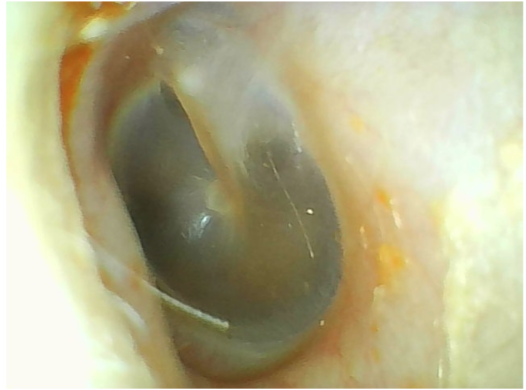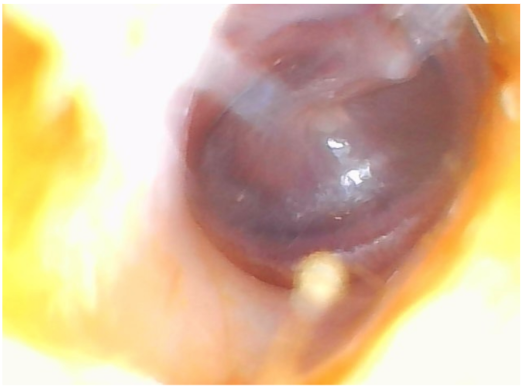Otitis media, or glue ear
Otitis media, also known as glue ear, is a common condition among children that affects their hearing and can be a cause for concern for parents. In this article, we will discuss what otitis media is, the signs to look for, how it is diagnosed and treated, and why early intervention is important for children who are experiencing symptoms.
Otitis media is an infection that affects the middle ear, causing fluid buildup in the area behind the eardrum. The fluid buildup can cause the eardrum to bulge and can result in temporary hearing loss. Otitis media is a common condition among children because their eustachian tubes, which connect the middle ear to the back of the throat, are still developing and are more susceptible to blockages. This can lead to fluid buildup in the middle ear and an increased risk of infection.
The signs of otitis media in children can vary, but some common symptoms include:
Ear pain
Temporary hearing loss
Discharge from the ear
Tugging at the ear
Irritability and difficulty sleeping
Loss of balance
If your child is experiencing any of these symptoms, it's important to seek an evaluation from an experienced Audiologist.
An Audiologist can diagnose otitis media by examining the ear and performing a hearing test. In some cases, a referral to an ear, nose, and throat (ENT) doctor may be necessary for further evaluation and treatment.
The most common treatment for otitis media is antibiotics to clear the infection. In cases where the fluid buildup is persistent, a grommet may be recommended to help drain the fluid and reduce the risk of further infection.
Eardrum close up
Infected eardrum close up
Grommet in eardrum
Early intervention is important for children with otitis media because persistent fluid buildup in the middle ear can lead to long-term hearing loss. Untreated otitis media can cause damage to the middle ear bones, leading to a condition called conductive hearing loss. This can result in permanent hearing damage if not treated promptly.
While any child can develop otitis media, some children are at a higher risk of developing this condition. These higher risk children include:
Children who attend daycare or preschool
Children with a history of ear infections
Children who are exposed to second-hand smoke or vape
Children with a weakened immune system
Children with a family history of ear infections
There are steps parents can take to reduce the risk of otitis media in their children.
Encouraging frequent hand washing and avoiding contact with sick individuals
Not exposing children to second-hand smoke
Keeping children up-to-date on their vaccinations
Treating colds and other respiratory infections promptly
Encouraging children to drink plenty of fluids to stay hydrated
Otitis media is a common condition among children that can cause temporary hearing loss and other symptoms. An Audiologist can diagnose and treat this condition, and early intervention is important to prevent long-term hearing damage. If your child is experiencing symptoms of otitis media, please book an appointment for a hearing test with our Audiologist.
FURTHER READING
American Speech-Language-Hearing Association. (2021). Otitis Media.
American Academy of Pediatrics. (2020). Ear Infections.
Mayo Clinic. (2021). Otitis Media (Middle Ear Infection).
Related reading



